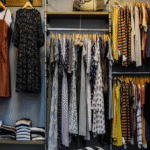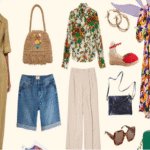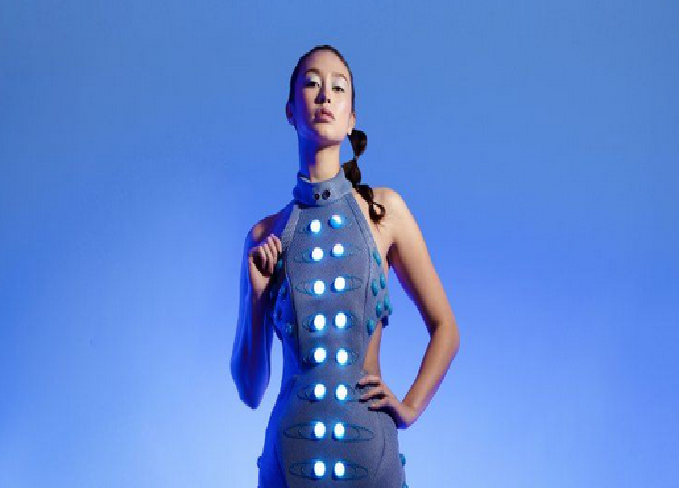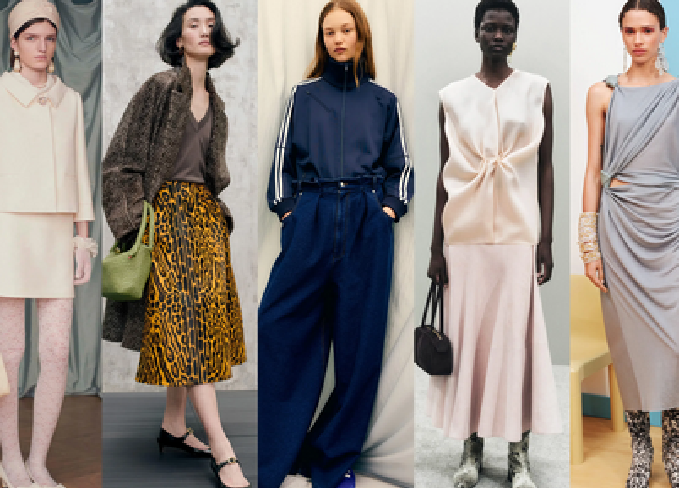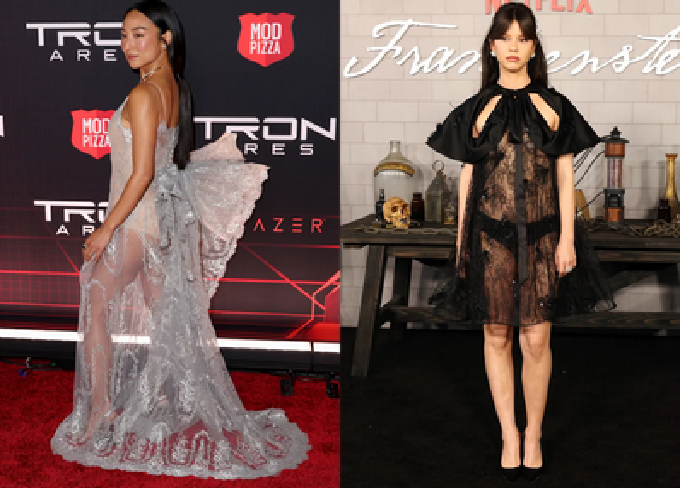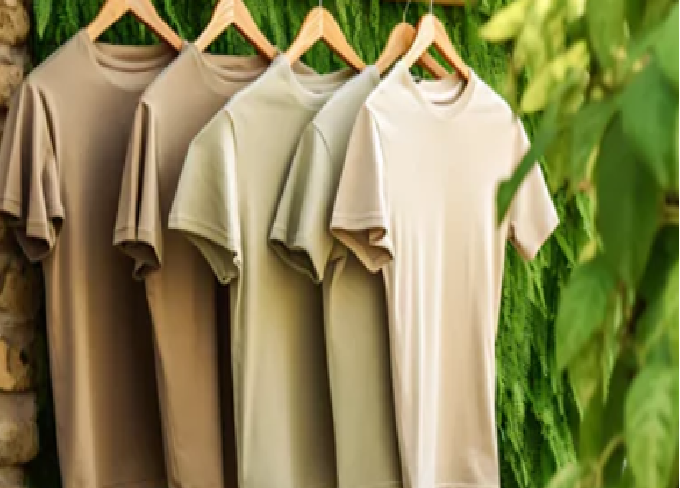The fashion industry is evolving faster than ever before. Each season brings new creative energy, revolutionary materials, and technologies that redefine how clothes are designed, produced, and consumed. In recent years, two powerful trends have emerged side by side — the rise of bold new designers with unique voices, and groundbreaking innovations in design and production that make fashion more inclusive, sustainable, and imaginative.
This article explores how emerging designers are reshaping fashion’s creative core, what innovative technologies are changing the way we think about style, and how together they are creating a new era of expression and responsibility within the global fashion industry.
Why Emerging Designers Matter Today
Emerging designers are the lifeblood of fashion’s future. They bring fresh ideas, challenge traditional aesthetics, and often redefine what it means to be fashionable. While major luxury houses hold significant influence, it’s often the smaller, independent designers who take the creative risks that inspire the rest of the industry.
Unlike large fashion corporations bound by commercial expectations, young designers can experiment freely with form, material, and storytelling. They pull inspiration from their cultural roots, street style, sustainability values, and personal experiences, creating clothing that reflects individuality and authenticity.
What makes this generation different is their entrepreneurial mindset. They don’t just design garments; they build entire brand identities that align with modern consumers’ values — inclusivity, transparency, and ethical production. The result is a fashion landscape that feels more human, emotional, and connected than ever before.
Spotlight on Emerging Design Themes
1. Reinterpreting Heritage
Many new designers are finding creative strength in their heritage. By revisiting traditional craftsmanship, indigenous techniques, or family histories, they are merging the old with the new. Classic handwoven fabrics, embroidery, and ancestral dyeing methods are being reimagined in contemporary silhouettes, streetwear, and even avant-garde couture.
This marriage of heritage and modernity not only honors cultural identity but also introduces younger generations to crafts that might otherwise disappear.
2. Material-Driven Creations
Today’s emerging designers are obsessed with materials — not just how they look, but where they come from and how they impact the planet. Some experiment with biodegradable textiles, regenerated fabrics, or waste-based materials. Others explore new sensations — fabrics made from algae, orange peels, or recycled ocean plastics.
By letting material properties dictate design, these innovators are rewriting the rules of texture, form, and durability.
3. Gender-Fluid and Functional Fashion
A defining feature of this new era is the rejection of strict gender codes in clothing. Unisex collections, modular garments, and adaptable silhouettes are becoming mainstream. Many emerging labels are focusing on function — creating versatile, convertible, or multi-use garments that adapt to different lifestyles and body types.
This approach reflects a broader societal movement toward inclusivity and comfort, where self-expression matters more than fitting into outdated categories.
4. Digital-Native Design
A growing number of designers are launching their collections online, using digital 3D renderings, virtual try-ons, and augmented reality experiences to connect directly with audiences. They use social media not just for promotion, but as a testing ground for new ideas and feedback loops.
Digital tools also allow small labels to visualize designs without wasteful sampling, reducing costs and environmental impact while speeding up the creative process.
How to Support Emerging Designers
Supporting new talent goes beyond following them on social media. It means actively participating in their growth and encouraging responsible fashion consumption.
Here are a few ways to make a real difference:
-
Attend independent fashion shows and local exhibitions.
-
Buy directly from designer-run stores or websites.
-
Choose pre-order models that allow designers to produce on demand and reduce waste.
-
Promote transparency by asking about materials and production methods.
-
Resell or donate designer pieces to extend their lifespan and visibility.
When consumers support small brands, they help sustain creativity and preserve diversity in fashion — ensuring that innovation continues to flourish.
The Rise of Style Innovations
While emerging designers are changing fashion creatively, technology and material innovation are revolutionizing it structurally. From 3D printing to smart textiles, new methods are redefining how clothes are imagined, made, and worn.
1. Bio-Based and Recycled Fabrics
The shift toward sustainability has driven an explosion in alternative textiles. Bio-based fabrics made from mushrooms, algae, and plant fibers are offering stylish, durable, and eco-friendly alternatives to synthetic materials.
Recycled fabrics, created from post-consumer waste like plastic bottles or textile scraps, are also gaining traction. These materials give designers new textures to explore while reducing the industry’s environmental footprint. The combination of technology and ecology is setting new standards for conscious design.
2. Smart and Adaptive Clothing
Fashion is no longer just about appearance — it’s about experience. Smart textiles embedded with sensors or responsive fibers can now regulate body temperature, track movement, or adapt to different weather conditions.
Although once limited to sportswear, these technologies are now entering mainstream fashion. Imagine jackets that adjust ventilation automatically or fabrics that glow subtly at night — this fusion of functionality and style defines the next frontier of innovation.
3. 3D Knitting and Zero-Waste Design
3D knitting technology allows garments to be made in one seamless piece, drastically reducing fabric waste. The process also enables precision design, producing perfectly fitting clothes without leftover scraps.
For small-scale designers, this innovation is a game changer. They can produce made-to-order collections quickly and affordably, aligning both with sustainability goals and consumer desire for customization.
4. Virtual Sampling and Digital Production
Gone are the days when designers needed to create multiple physical samples before approving a collection. With advanced 3D modeling software, entire lines can be developed virtually, saving time, money, and resources.
Virtual fashion shows and metaverse-runway presentations have become an exciting way to showcase creativity, especially for independent designers who can’t afford traditional fashion week participation.
5. Circular Fashion Systems
Circularity is now a core focus of style innovation. The goal is to keep garments in use longer, recycle them efficiently, and ensure they can be reborn as new textiles.
Technologies like digital IDs, traceable QR labels, and blockchain tracking are helping consumers see where their clothes come from and what happens after they’re worn out. This level of transparency is creating a stronger bond between brand, product, and wearer.
How Technology Changes Fashion Aesthetics
Innovations in materials and design tools don’t just change production — they change how fashion looks and feels.
-
Textures and Tactility: New bio-based textiles have distinct surfaces — from buttery-soft to paper-like — that give clothing fresh visual appeal.
-
Performance Meets Style: Technical fabrics once used for activewear now shape everyday jackets, dresses, and suiting.
-
Minimalism with Utility: Designers are blending functional features (hidden pockets, adjustable hems) into clean, architectural designs.
-
Digital-Physical Fusion: Patterns inspired by digital art or virtual worlds now appear on real garments, blending fantasy with reality.
The result is an aesthetic that celebrates innovation, functionality, and creativity all at once.
The Business Side of Being an Emerging Designer
Creativity is just one piece of the puzzle. For independent designers, survival often depends on smart business strategies.
Many young brands are adopting hybrid business models: mixing direct-to-consumer sales with limited wholesale partnerships, capsule collaborations, and pop-up retail experiences. Some rely on crowdfunding or pre-order campaigns to manage cash flow and reduce overproduction.
Sustainability certifications, storytelling transparency, and strategic social media presence are also critical. A well-crafted brand story often resonates with customers more than large marketing budgets ever could.
Small production runs, local manufacturing, and community-driven retail spaces are giving emerging designers both flexibility and authenticity — two values modern consumers cherish.
Success Stories and Growth Models
Emerging designers around the world are proving that creativity and business can thrive together.
-
Digital-First Startups: Many designers start entirely online, using virtual showrooms and pre-order campaigns to generate funding.
-
Craft Revivalists: Others focus on preserving traditional craftsmanship, merging handmade techniques with contemporary fashion.
-
Collaborative Innovators: Some young brands partner with larger companies or material labs to access cutting-edge technologies while maintaining creative control.
Each of these approaches demonstrates that innovation in fashion is not limited to aesthetics — it extends to how brands are built, financed, and sustained.
The Challenges Ahead
Despite the excitement, emerging designers and innovators face serious challenges.
-
Production Costs: Sustainable materials and ethical manufacturing often come at a higher price.
-
Scaling Responsibly: Expanding without compromising quality or values is difficult for small labels.
-
Greenwashing Risks: With sustainability becoming a buzzword, distinguishing genuine efforts from marketing tactics is essential.
-
Preserving Craftsmanship: The race toward automation must not erase the artistry of human hands and traditional skill.
Balancing creativity, ethics, and profitability will remain a delicate act — but one that defines the industry’s integrity moving forward.
How Consumers Can Contribute to Change
Fashion innovation isn’t just driven by designers; it’s also shaped by consumers. Every purchase sends a message about what we value.
You can play your part by:
-
Buying fewer, higher-quality pieces that last longer.
-
Supporting local or independent designers.
-
Asking questions about origin, materials, and labor practices.
-
Reselling, renting, or swapping clothing instead of discarding it.
-
Amplifying small brands on social media to help them gain visibility.
By being more conscious, consumers help reshape fashion into a more responsible and inspiring industry.
The Future of Fashion: Predictions and Possibilities
-
Collaborative Creativity: Expect more partnerships between legacy brands and independent designers, blending experience with innovation.
-
Mainstream Sustainable Materials: Bio-based and recycled textiles will soon become the norm rather than the exception.
-
Virtual Fashion Expansion: Digital fashion shows and virtual try-ons will continue to grow, making fashion more interactive.
-
Regulated Transparency: Stricter global regulations will demand clear supply chain reporting and eco-labeling.
-
Rise of Regional Talent: Fashion capitals will expand beyond Paris, Milan, and New York — cities in Asia, Africa, and the Middle East will increasingly define global trends.
Together, these developments will make fashion more accessible, innovative, and socially aware than ever before.
Conclusion
The fashion industry stands at a transformative crossroads. Emerging designers bring the creativity and courage to challenge outdated norms, while technological and material innovations provide the tools to make those visions possible.
From sustainable fabrics to digital production, from cultural storytelling to genderless silhouettes, fashion today is more inclusive, intelligent, and interconnected than any previous era.
The next few years will not just redefine what we wear — they will reshape how we value creativity, culture, and sustainability in equal measure. The fusion of artistry and innovation ensures that the fashion industry’s future will be every bit as dynamic as the people who dare to design it.

